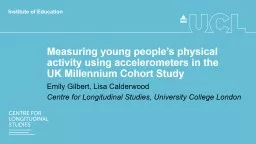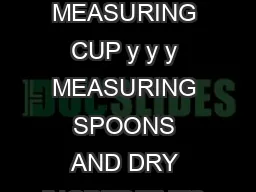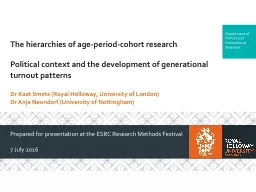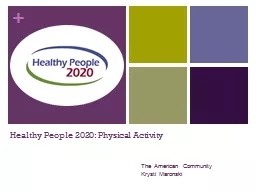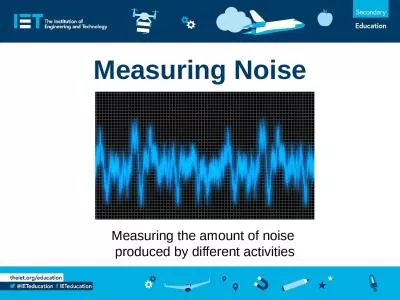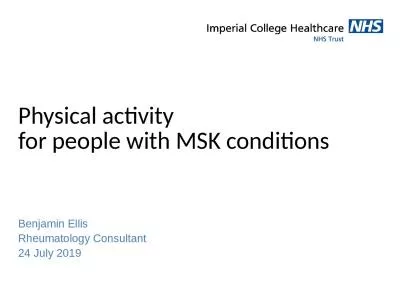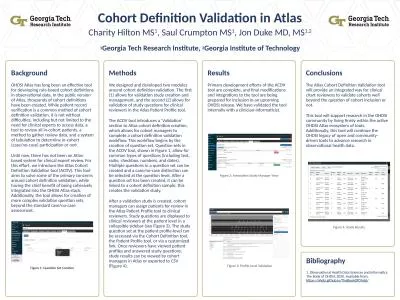PPT-Measuring young people’s physical activity using accelerometers in the UK Millennium
Author : ellena-manuel | Published Date : 2020-04-05
Emily Gilbert Lisa Calderwood Centre for Longitudinal Studies University College London Physical activity levels are strongly associated with many other outcomes
Presentation Embed Code
Download Presentation
Download Presentation The PPT/PDF document " Measuring young people’s physical act..." is the property of its rightful owner. Permission is granted to download and print the materials on this website for personal, non-commercial use only, and to display it on your personal computer provided you do not modify the materials and that you retain all copyright notices contained in the materials. By downloading content from our website, you accept the terms of this agreement.
Measuring young people’s physical activity using accelerometers in the UK Millennium: Transcript
Download Rules Of Document
" Measuring young people’s physical activity using accelerometers in the UK Millennium"The content belongs to its owner. You may download and print it for personal use, without modification, and keep all copyright notices. By downloading, you agree to these terms.
Related Documents

